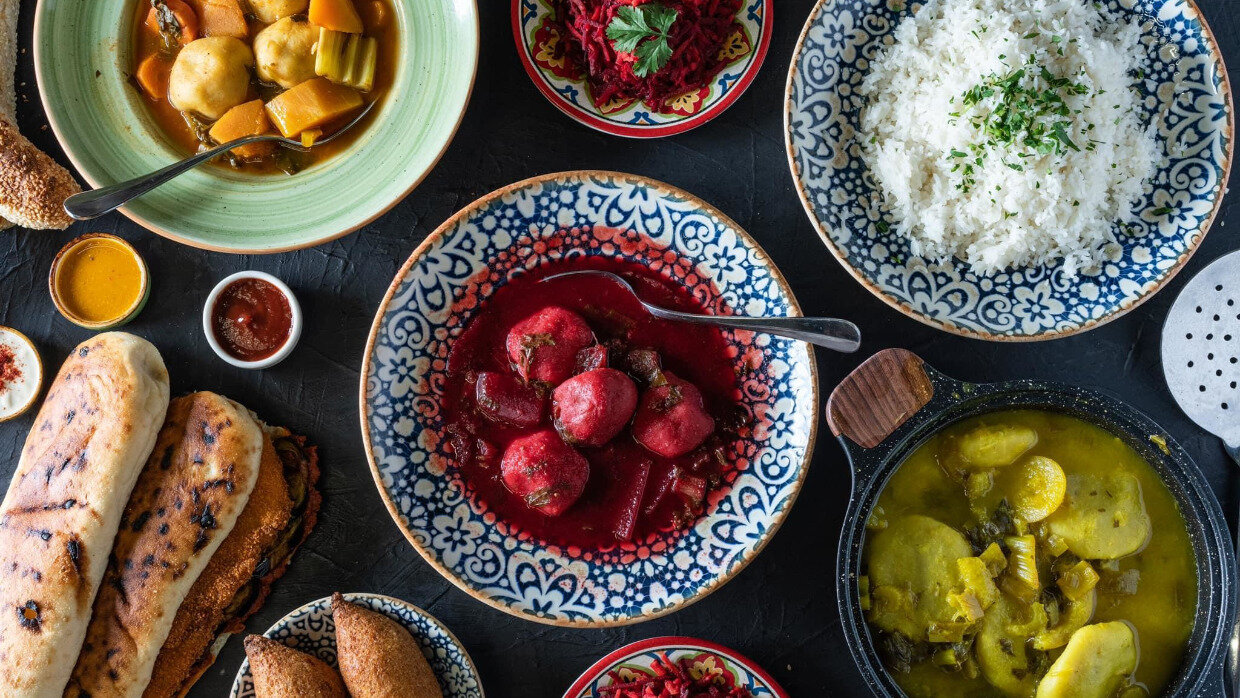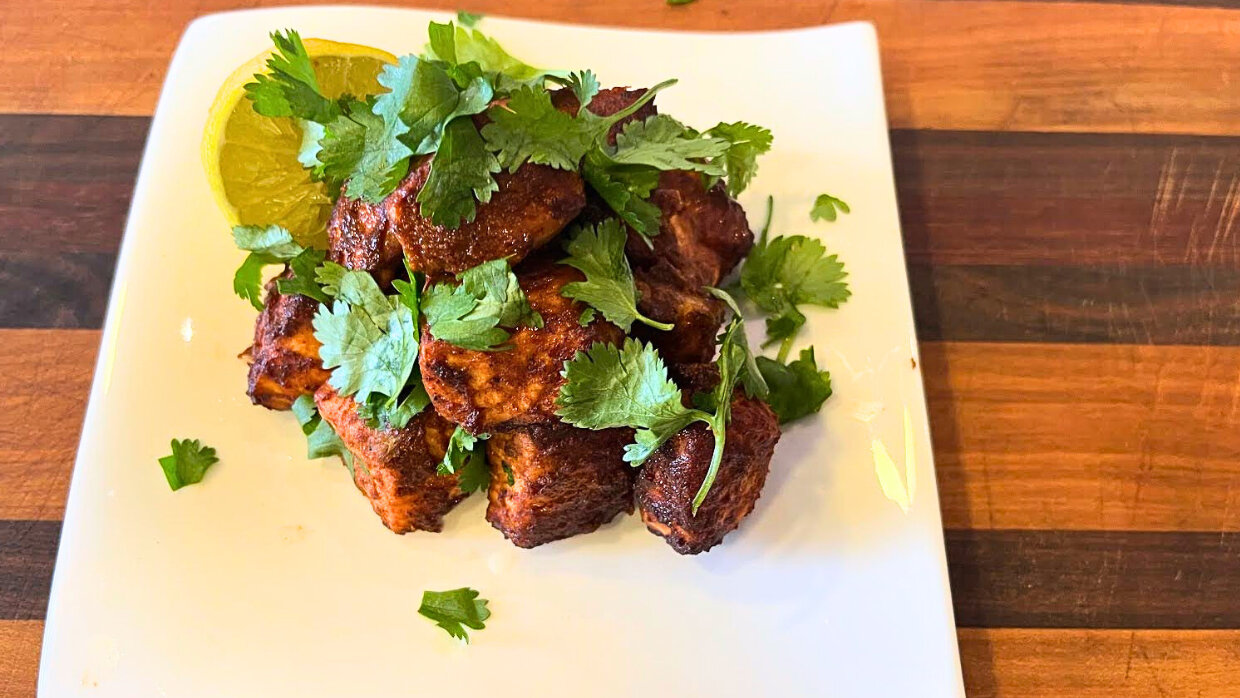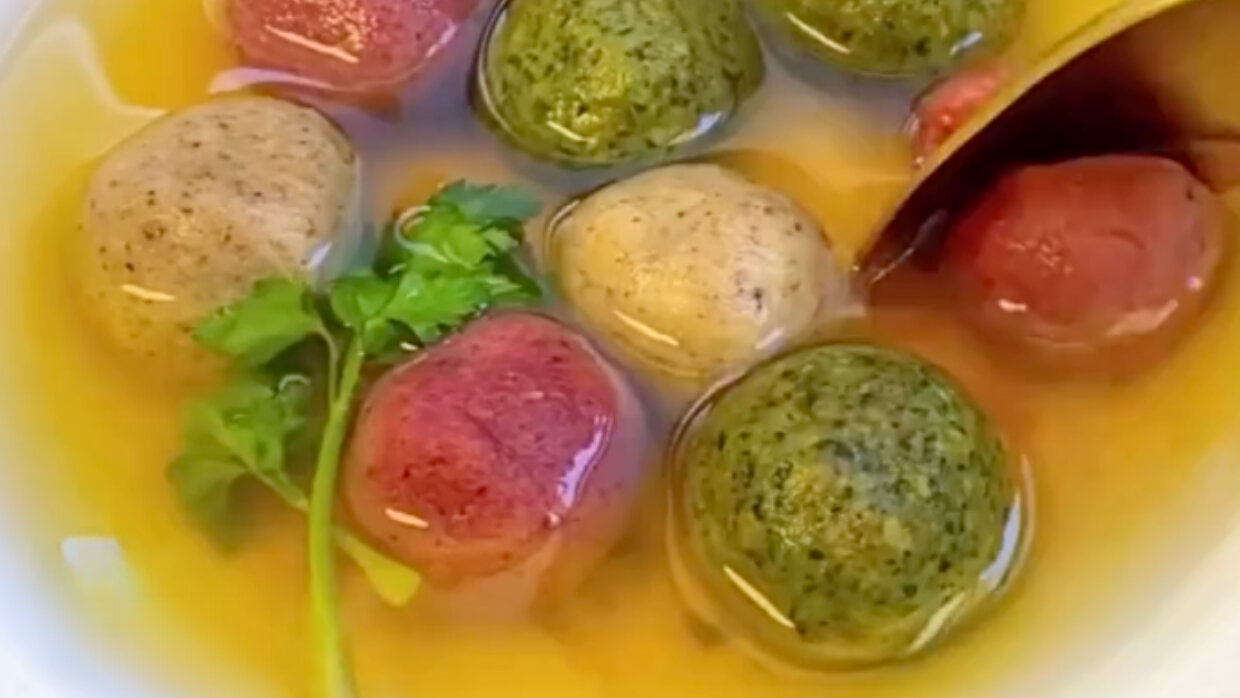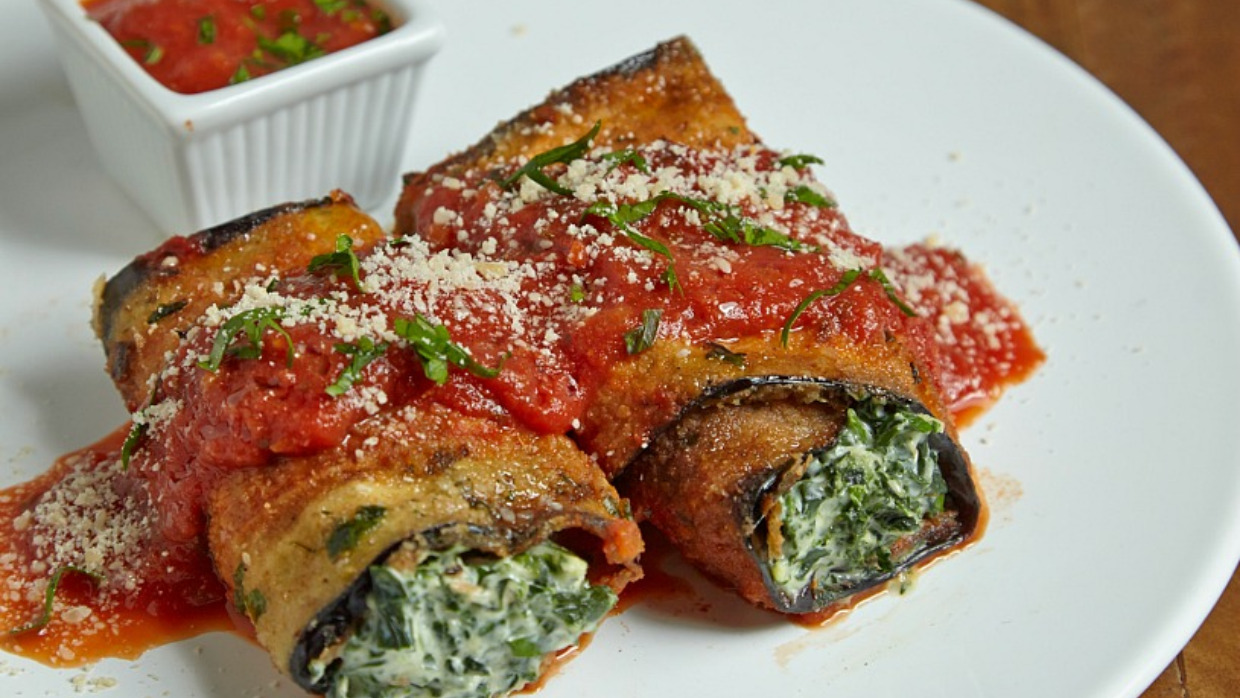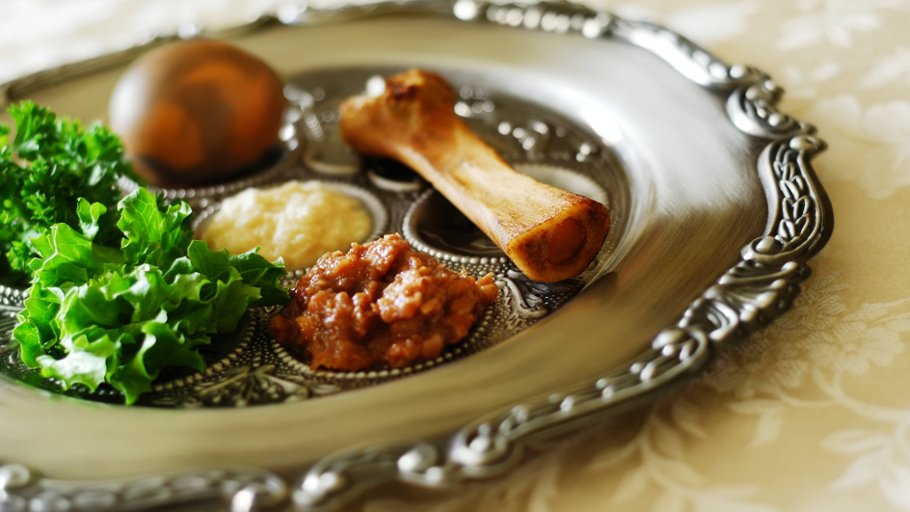Kibbeh
Like any Jewish food lover, I consider myself an aficionado of all things doughy and filled. From knishes to kreplach, I can't resist a good stuffed carb bomb. But what takes the cake for me (or pie if you're so inclined) is kibbeh. These deep-fried Middle Eastern delights are like little protein-packed flavor bombs in a crispy, fried shell.
In every shuk in Israel, I am tempted by their golden brown exteriors and flavorful filling. These meat-filled (or mushroom filled in my case) bites are packed with spices like cinnamon, allspice, and nutmeg, which give them their strong aroma and taste as well as ground nuts such as walnuts, pine nuts, or pistachios.
These treats are called Kibbeh Nabelsieh since they were first created in Nablus, Syria.
An article by CNN mentions that there are about 70 variations of Kibbeh, which isn’t all that surprising given all the different areas of the world that have enjoyed the dish. There are several stories about its exact origins, with some claiming it came from Aleppo, Syria, and then spread to Lebanon and Iraq.
Variations
When you look up Kibbeh online, you can find many variations of the crunchy egg-shaped snack food.
View this post on Instagram
One famous take on the dish is Kibbeh Seniya, or Kibbeh Pie. Instead of being deep fried this savory pie has ground meat nestled on a bed of bulgur and is typically baked, making this a middle-eastern twist on shepherd’s pie.
View this post on Instagram
An even more unique twist can be found in Levantine cuisine with Kibbeh Nayyeh. Kibbeh Nayyeh is a raw dish made up of very finely minced lamb or beef similar to steak tartare that is served on a platter with markouk bread, green onions or scallions, and roasted green hot peppers.
This dish first came about when medieval peasants created it as a way to stretch resources and conserve cooking time. Over time the dish became popular for people from all walks of life, as a Friday night delicacy due to the meat needing to be as fresh as possible. Syrians also created a vegetarian version of the dish using lentils to be eaten along with yogurt or labneh.
Despite being incredibly time consuming, even for experienced chefs, Kibbeh became so well-loved that it is now regarded as Lebanon’s national dish.
Another spin on Kibbeh can be found in South America. Brazilian Quibe or Kibe can be similar to the Syrian version but usually made with beef instead of lamb and sometimes stuffed with catupiry or requeijão, a Portuguese cream cheese, which would not be kosher. It is often served alongside salsa verde and tahini for a unique cuisine fusion. You may be asking how exactly a Syrian dish found its way to Rio De Janeiro; All I can say is that foods have a way of transcending borders, especially delicious foods!
Kubbeh
And then, we segue into the world of Kubbeh. But wait, isn't that just a different spelling? Not quite! We're talking about a whole different ball (or dumpling) game. Imagine a delicate sphere of dough encasing a mixture of minced meat, onions, and spices. It's as if Kubbeh took a page from the Jewish comfort food book and then added its dazzling spin.
View this post on Instagram
These firm dumplings made of ground bulgur or semolina usually simmer in a broth and are filled with delectable spiced meat. These treats are sometimes eaten in a tart lemony broth, or even a turmeric broth, along with bitter leafy greens with some brave chefs including okra in the dish’s preparation. But what unites them all is the little dumplings submerged in them. In Kurdish Jewish cuisine Kubbeh Matfuniya is their dish of choice. Instead of a tart and lemony broth they use a beet and tomato soup. Matfuniya refers to the concealed nature of the meat, “buried” underneath the dumpling exterior.
In the 1950’s Iraqis and Kurds brought Kubbeh to the forefront of the melting pot that is Israeli cuisine. Since then Israelis of all backgrounds have become familiar with the dish, which was once almost exclusively prepared at home by members of the Iraqi and Turkish Jewish communities. It is frequently served in restaurants all around Israel, most notably in the Machane Yehuda market in Jerusalem.
View this post on Instagram
In Jewish culture it is customary to serve “concealed foods” on the meal before the 24 hour fast of Yom Kippur. In Ashkenazi communities Kreplach are served, but in Middle Eastern households Kubbeh became the “hidden” dish of choice. Some Jewish scholars say the dumplings have a special meaning for Yom Kippur: The filling symbolizes our inner values and traits and the dumpling shell represents the things that block us from improving ourselves from within and as we approach the most sacred holiday of the year by eating that meat filling we come one step closer to bettering ourselves. (Another interpretation is that the dough symbolizes God’s compassion which we hope will overcome God’s harshness which is the meat)
Kebab
Kebab is often used to describe any food on a stick, usually cubes of meat, chicken or fish, but in Israel it means skewers of ground meat patties. The other popular skewers are simply called Shipudim, which is the Hebrew term for skewer.
DisKebab-ulated
So why exactly do Kubbeh, Kibbeh, and Kebabs all sound so similar? We can see the word Kubbeh first found in ancient Biblical text to mean a tent or tarp. Later on the word took on a new meaning in Aramaic as Kababa which means "a covering".
But how exactly did this Syrian staple make its way to kitchens all over the Middle East? Food historians theorize that when Syrian Jewish traders traveled, they likely brought their cuisine with them. Over decades, kibbeh became a Pan-Jewish delicacy, with every community putting their own unique spin on it.
With all the different preparations it’s hard not to be overwhelmed, but to me that’s the magic of Jewish food. While Kibbeh and Kubbeh may have seemingly strayed far from their roots it actually shows the originality and creativity of different Jewish communities. Since every place has a different way of making the dish, no one way is right. The traditionalist mentality that there can only be one true way to make a dish should be a thing of the past, instead we should be open to trying new things and exploring different cuisines. So as we prepare for our Yom Kippur fasts this year instead of trying to conceal the rest of the world from ourselves, we should open up to new cultures and remove the semolina dumpling shells from our lives.
Photo credit: Kuba Bar Beer Sheva



